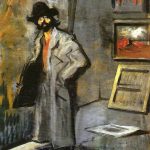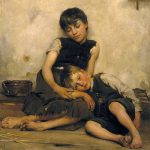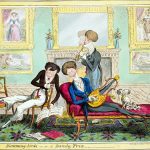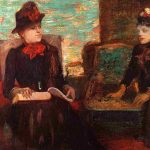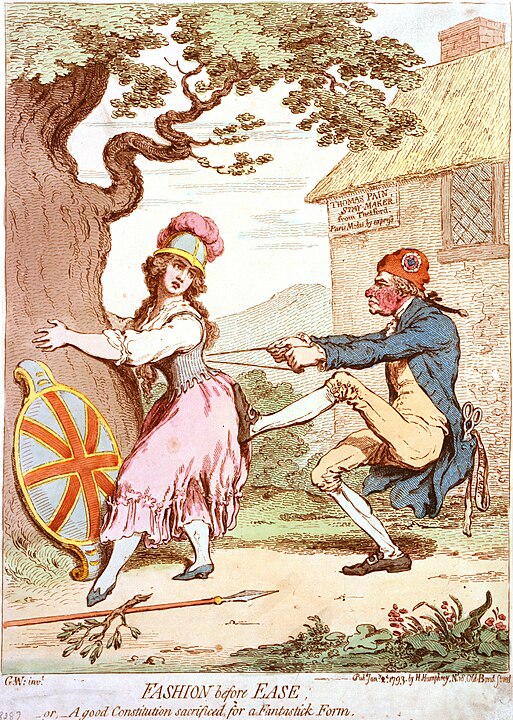
James Gillray, born on August 13, 1756, in Chelsea, London, emerged as one of the most influential and celebrated satirical caricaturists of the late 18th century. Renowned for his keen wit, biting humor, and unmatched skill in visual commentary, Gillray’s artistic journey unfolded during a period of political upheaval, social change, and the golden age of British caricature.
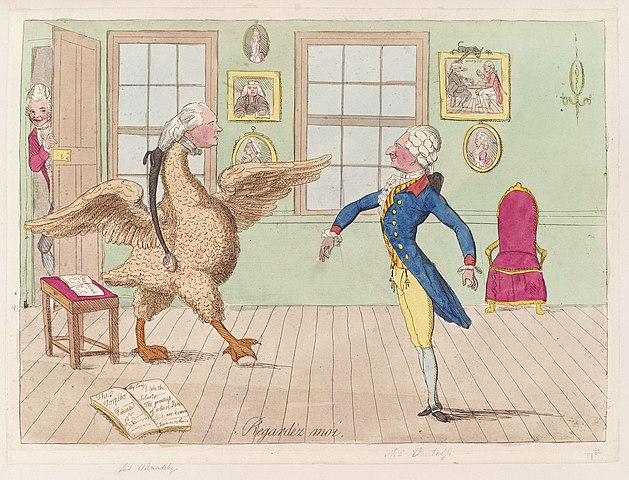
Gillray’s artistic inclinations became evident in his youth, and he apprenticed under the engraver Harry Ashby. The early exposure to the world of engraving laid the groundwork for his future as a master satirist. Gillray’s talent soon caught the eye of the print publisher Hannah Humphrey, marking the beginning of a professional relationship that would shape his career.
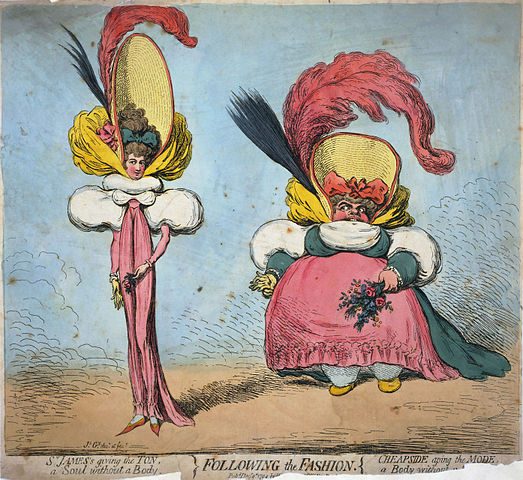
In the 1770s, Gillray worked as a letter-engraver, producing illustrations for books and magazines. His artistic abilities flourished during this period, and he honed his skills in creating detailed and expressive engravings. Gillray’s proficiency in capturing facial expressions and distilling complex social and political issues into visual narratives set the stage for his evolution as a leading satirical artist.
Rise to Satirical Prominence
The late 18th century was a time of political and social ferment in Britain, with the French Revolution, wars, and domestic political controversies providing rich fodder for satire. Gillray’s astute observations and sharp commentary found a perfect outlet in the medium of caricature. His early satirical works, often published as hand-colored etchings, gained popularity for their incisive wit and fearless skewering of political figures and societal norms.
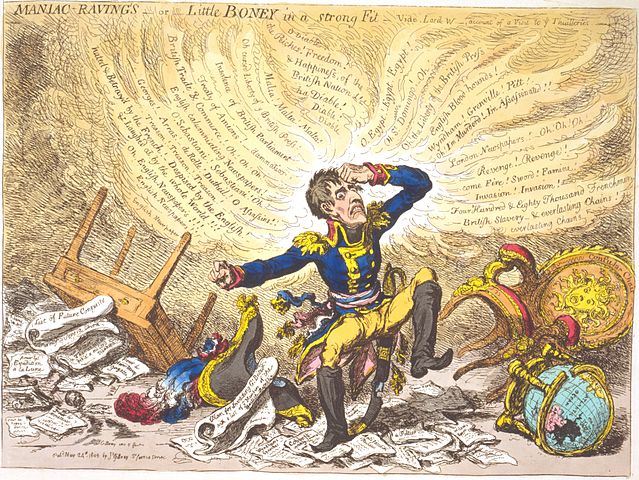
One of Gillray’s breakthrough moments came with his depiction of the “Bloody-Nine,” a caricature of the notorious Nine Worthies of London. This work, along with his portrayal of the Royal Family, showcased his ability to use humor as a tool for social critique. Gillray’s satirical prowess extended beyond mere mockery; it delved into the heart of political and social issues, making him a formidable voice in the public discourse.
Caricaturing Political Giants
Gillray’s artistic zenith coincided with a tumultuous period in British and European history. His satirical genius found expression in the portrayal of political giants, notably in his depictions of William Pitt the Younger and Napoleon Bonaparte. Gillray’s caricatures of Pitt often focused on his policies, finances, and political maneuvers, earning him a reputation as a bold commentator unafraid to lampoon the powerful.
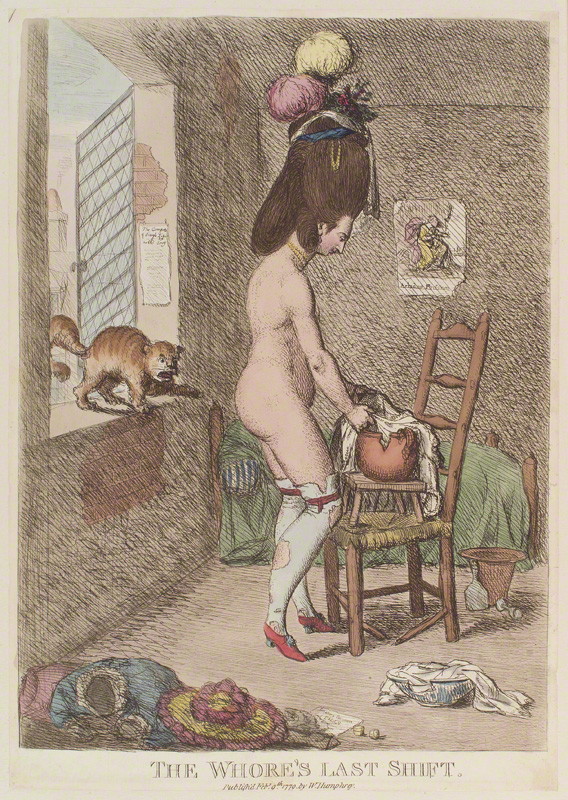
The artist’s ability to humanize political figures through caricature allowed him to cut through the veneer of official portraits and present a more relatable, and often unflattering, side of his subjects.
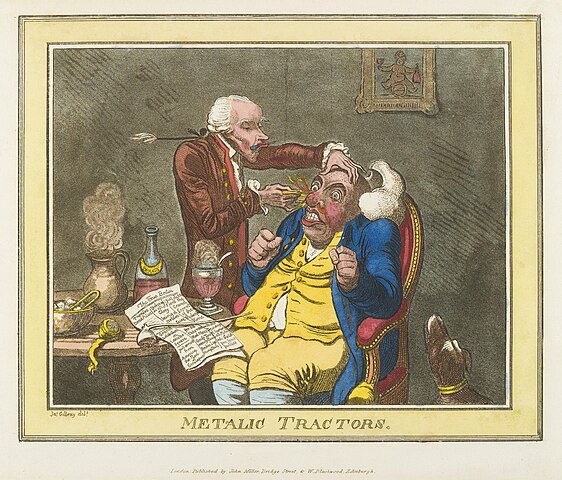
Gillray’s satirical renderings of Napoleon, titled “The Plumb-pudding in Danger” (1805), humorously depicted the political tensions of the time, with England and France portrayed as squabbling over a divided world. This iconic piece demonstrated Gillray’s knack for distilling complex geopolitical situations into accessible and humorous visuals.
Personal Struggles and Later Works
As Gillray’s career soared, his personal life faced challenges. Struggling with mental health issues and financial difficulties, he experienced periods of instability. Despite these challenges, Gillray continued to produce satirical masterpieces that reflected the changing political landscape.
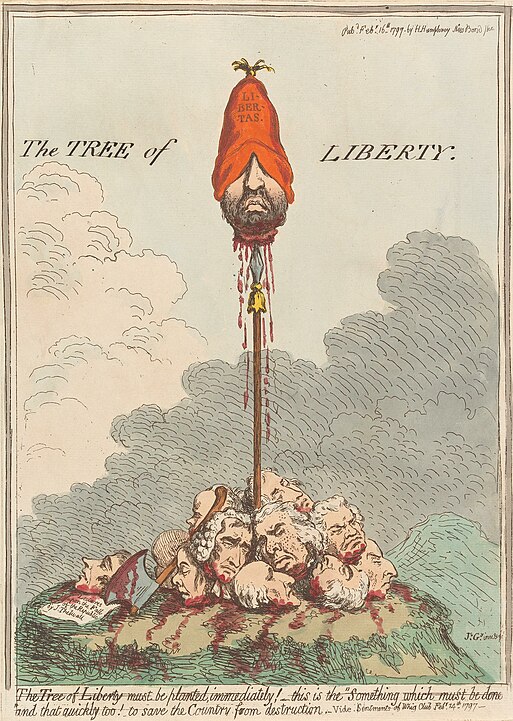
In the early 1800s, Gillray’s focus shifted from political satire to caricatures that explored societal trends, fashions, and the everyday lives of the British populace. His series “Fashionable Bores” (1811-1812) satirized the idiosyncrasies of contemporary society, showcasing Gillray’s ability to adapt his style to the evolving tastes of his audience.
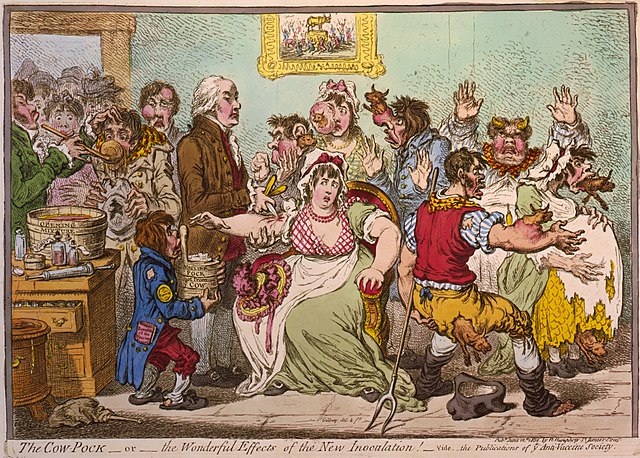
James Gillray’s legacy endures through the lasting impact of his satirical works on the genre of caricature. His ability to distill complex political and social issues into accessible and humorous images made him a cultural force during his time. Gillray’s influence extended beyond the realm of art, shaping public perceptions and contributing to the political dialogue of the late 18th and early 19th centuries.
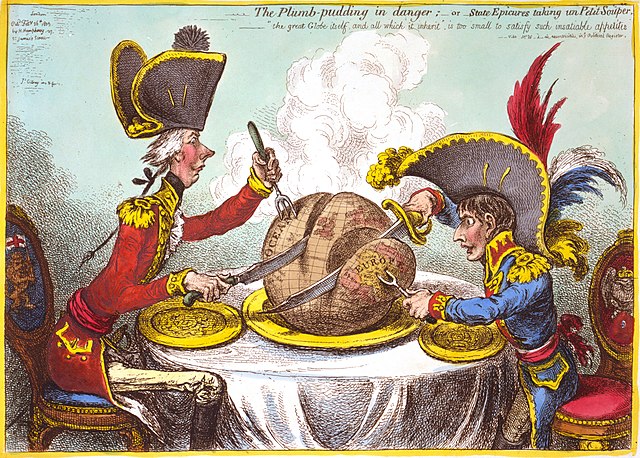
Gillray’s techniques, including his meticulous attention to detail, dynamic compositions, and clever use of symbolism, influenced subsequent generations of caricaturists. Artists such as George Cruikshank and Thomas Rowlandson drew inspiration from Gillray’s satirical innovations, establishing a tradition of visual commentary that continues to thrive today.
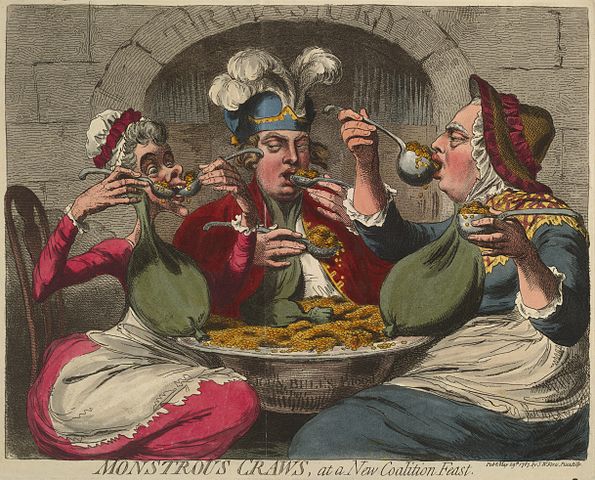
The latter years of Gillray’s life were marked by declining health and financial struggles. In 1811, he suffered a debilitating stroke that left him unable to continue his artistic pursuits. Gillray spent the remaining years of his life in the care of his family, facing financial difficulties exacerbated by the changing landscape of the print market.
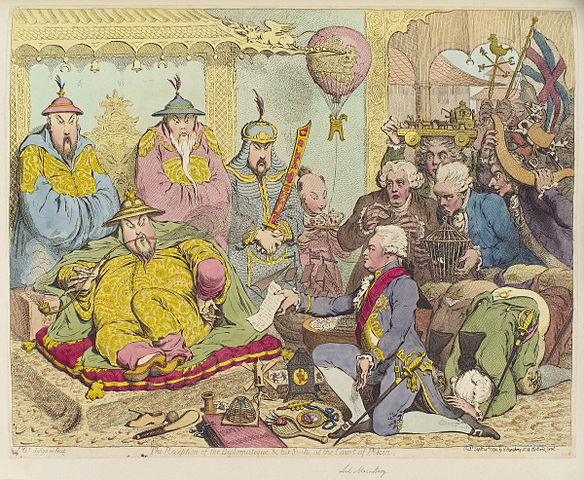
James Gillray passed away on June 1, 1815, leaving behind a body of work that remains a testament to the power of satire as a form of social and political critique. His legacy lives on through the enduring influence of his caricatures, which not only entertained but also challenged the status quo and shaped the public discourse of his era. Gillray’s satirical vision continues to inspire artists and commentators, reminding us of the enduring impact of humor as a tool for societal introspection and change.

